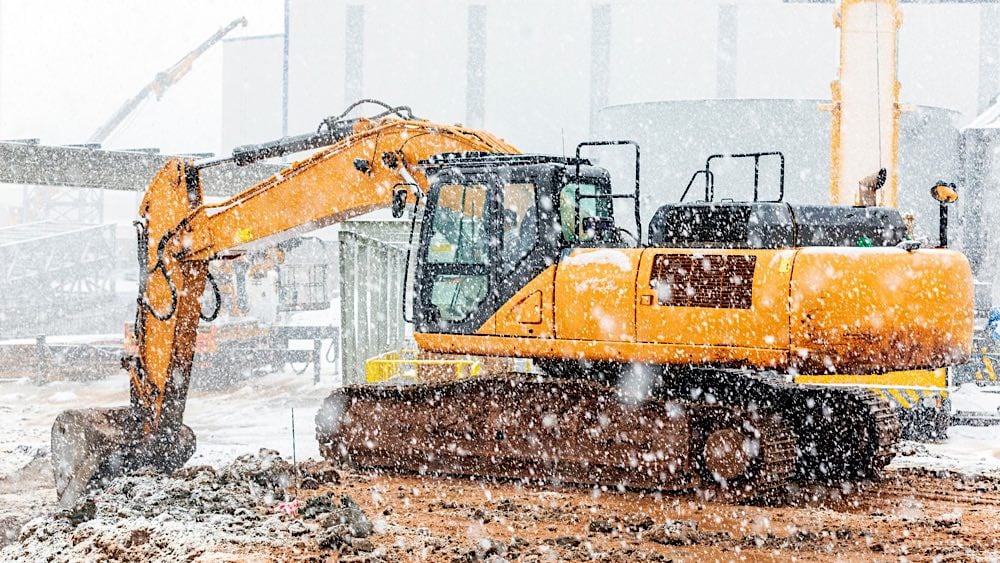 The right Contractors Insurance helps protect you, your business, and your employees; however, minimizing the risk of injuries, litigations, property damage, etc., helps keep your insurance and other administrative costs down. We all know construction sites are filled with safety hazards and risks, such as working at heights, falling objects, excessive noise, electrical hazards, etc.
The right Contractors Insurance helps protect you, your business, and your employees; however, minimizing the risk of injuries, litigations, property damage, etc., helps keep your insurance and other administrative costs down. We all know construction sites are filled with safety hazards and risks, such as working at heights, falling objects, excessive noise, electrical hazards, etc.
“In 2020, construction laborers saw their highest annual fatal injury count (308) in the last 5 years,” according to the U.S. Bureau of Labor Statistics (BLS). “Construction laborers accounted for almost a third of all fatal injuries in construction and extraction occupations in 2020, the highest proportion since 2016.”
Winter weather - such as extreme cold, frigid winds, snow, and ice - adds to the year-round hazards. We were lucky to have a mild winter here in the northeast last year, but experts predict lots of rain/sleet and snowstorms this winter. Therefore, it would be wise to hope for the best but prepare for the worst when keeping your worksites safe this winter.
Construction Site Winter Hazards
To properly mitigate any risk, you need first to consider potential hazards:
- Extreme cold
- High winds
- Icy roads and surfaces
- Snow and ice on scaffolding, equipment, etc.
- Frozen pipes
- Downed powerlines
Along with the potential result of those hazards:
- Slipping and falling
- Loss of dexterity
- Loss of alertness
- Cold stress (cold-related illnesses and injuries)
Winter Safety Tips for Contractors
Watch Weather Forecasts. There are plenty of weather apps today, so you can keep an eye on the weather forecast to ensure you don’t send your workers out in dangerous conditions, such as a blizzard.
Remove Snow and Ice From the Worksite. Before work begins, a supervisor should survey the worksite to determine any potential hazards. Snow should be removed from the worksite to prevent slips and falls, and salt or sand should be applied to melt ice.
Require Proper Clothing and Gear. The right clothing can help protect your workers. Wearing layers is always a good idea so workers can adjust what they’re wearing as the weather changes. The “layering system” consists of three layers – the base layer to regulate your body temperature and wick away moisture from the skin, the mid-layer to provide insulation, and the outer layer to protect you from the wind and snow.
Based on weather conditions, workers should also wear heavy-duty work boots with good traction, appropriate coats, warm socks, gloves, hard hat liners, and eye protection.
Provide Heated Breaks When temperatures are particularly frigid, workers must limit their exposure to the elements. Provide a heated area, such as a heated trailer or a tent with a portable heater, where they can take breaks and escape the elements.
Avoid Caffeine According to BC First Aid, to prevent frostbite and hypothermia, you should “avoid caffeine and alcohol, which hinder the body´s heat-producing mechanisms and will actually cause the body´s core temperature to drop.”
Recognize the Symptoms of Cold Stress. Anyone who has to work in a cold environment may be at risk of cold stress. “Cold stress occurs by driving down the skin temperature, and eventually the internal body temperature,” according to the Occupational Safety and Health Administration (OSHA). “When the body is unable to warm itself, serious cold-related illnesses and injuries may occur, and permanent tissue damage and death may result.” Cold-related injuries include hypothermia, frostbite, chilblains, and trench foot.
OSHA reports the risk factors for cold stress include the following:
- Wetness/dampness, dressing improperly, and exhaustion
- Predisposing health conditions such as hypertension, hypothyroidism, and diabetes
- Poor physical conditioning
OSHA provides this “Cold Stress Guide,” which lists the symptoms of the different types of cold stress and what to do if any of your workers experience them.
Lower Your Contractor Insurance Bill the Easy Way!
At American Insuring Group, we do more than provide you with affordable contractor and construction insurance. We perform an in-depth review of your business. Then, we compare the costs and types of liability insurance for contractors among many competing carriers, providing you with multiple contractor insurance quotes and our recommendation on the best choice for your business.
Call us today at (800) 947-1270 or (610) 775-3848, or connect with us online.







